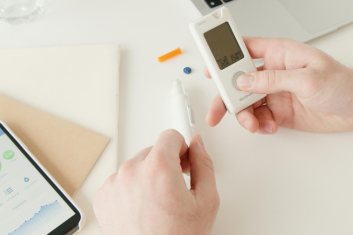Every facet of our lives has been improved, or at the very least changed through the use of technology. Because of this, the need to incorporate modern technological developments in more and more everyday things continues to persist. This has led to what we now know as the Internet of Things.
The IoT is a network of objects such as phones, watches, refrigerators, and the like, that are connected to the internet to collect and utilize data. This makes life easier and more convenient.
Today, more and more objects that we interact with on a daily basis are being incorporated into the IoT. This has caused many changes both in our daily lives and in the technology sector, especially for crucial parts like printed circuit boards (PCBs).
And that’s what we’ll be tackling today. Read on to learn more about how the onset of the IoT is changing the design and manufacturing of PCBs.
What are PCBs?
PCBs are present in most electrical devices. They were invented back in 1936 by Paul Eisler and may just be the most significant invention of the modern world.
While the design and manufacturing process of PCBs have changed over the years, its basic function remains the same. A PCB is a board within modern-day gadgets such as phones and computers that connects all the electrical components of the device.
It consists of a flat sheet made of insulating material and a layer of copper. Several lines are etched onto the sheet called circuit traces that navigate the various connections on the board.
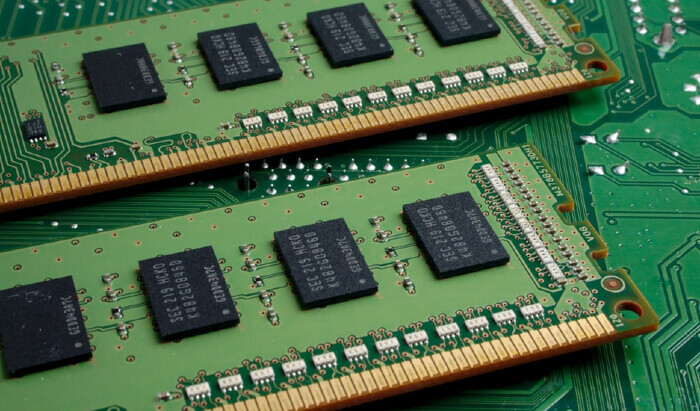
The PCB design and the manufacturing process has been optimized to serve the needs of the modern world, with the growing demand for innovation resulting in a billion-dollar market. Experts estimate that the market size for flexible PCBs will be worth $26.8 billion by 2025 — a market fueled by the rise of wearable devices and smartphones.
How is the IoT changing PCBs?
The rise of the IoT has brought about significant changes to how PCBs are designed. Due to the growing demand for PCBs that can be used on smaller devices such as watches, PCB designers are incentivized to make the most out of the available space.
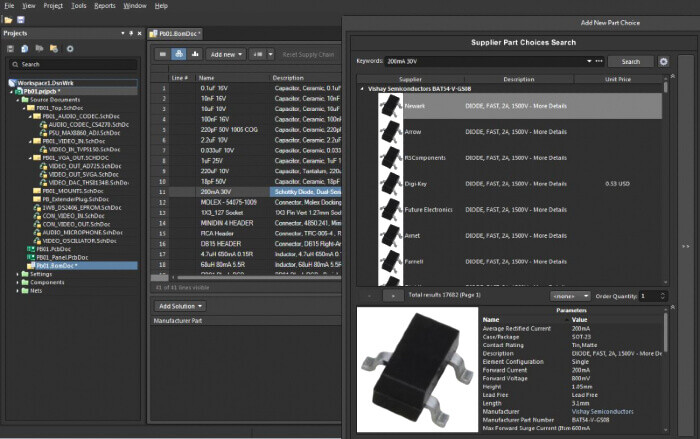
Being able to maximize circuit board parts has sparked a new kind of software that allows for extreme customizability. This newfound customizability among emerging PCB design software has paved the way for unified design environments, which have helped streamline the process from design all the way to production.
Ready to create IoT solutions?
As a one-stop shop, we will deliver a complete solution with software and hardware manufactured with a partner.
Aleksandra Golik
Head of Sales
at HQSoftware
With a massive component library at their fingertips, designers can now build any device imaginable. This is something that’ll certainly come in handy with the imminent rise of the IoT. To look further into this, let’s check out the best examples of how the IoT is changing PCBs.
SmartBond TINY
As previously mentioned, the rise of the IoT requires manufacturers to be able to design and build devices that are on the smaller side. And while phones and watches are pretty standard, the pace that technology is progressing in may require them to build even smaller. This is why the SmartBond TINY was created.
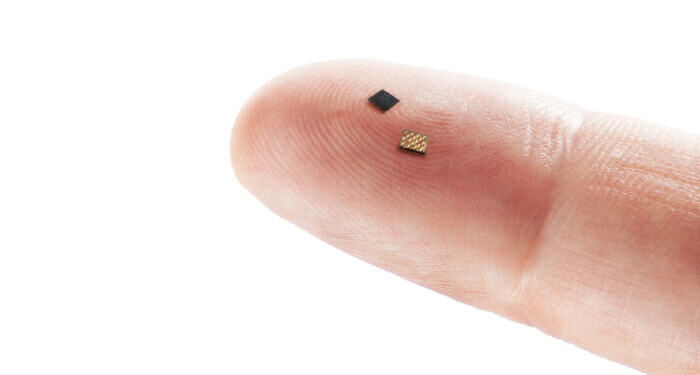
It’s currently the world’s smallest and lowest power Bluetooth 5.1 System-on-Chip. At 2.0 mm x 1.7 mm it allows for a new wave of IoT devices, broadening the possibilities of technology and pushing what we think is possible to its limits.
To add to this, the SmartBond TINY consumes half the energy of the other alternatives out on the market, as it features record low hibernation and active power consumption, which makes it both efficient and lengthens its overall lifespan.
Nokē Padlock
When people think of smart locks, they usually associate the concept with a password for their phones or computers. However, due to the rise of the IoT, smart locks have made their way into the physical world.
The Nokē Padlock is the future when it comes to keeping gates, doors, and even your personal belongings secure.
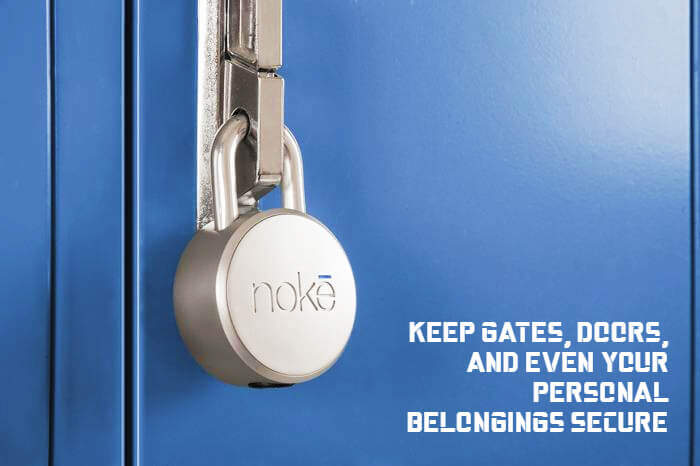
This keyless padlock uses Bluetooth to lock and unlock it via your mobile device. This device allows for easy access-sharing using the official app, letting you give people permission to open it without any frills.
What’s more is that it allows for easy tracking via the mobile app that ensures your belongings and the lock itself are protected from theft.
And while many devices associated with the IoT can be rather flimsy, the Nokē is designed to withstand the harshest of environments. It also comes with four silicone gaskets to keep it safe from water damage.
Echo Smartpen
If the pen is mightier than the sword, then how mighty is a smartpen? The Livescribe Echo is the premier smartpen currently out on the market, as it seamlessly blends the analog and digital worlds together.
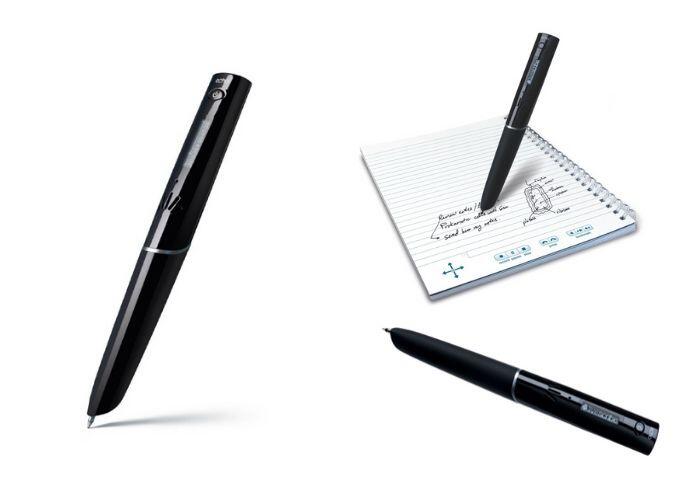
It comes with a microphone, a speaker, and onboard storage that can capture more than 20,000 pages of digital writing along with 200 hours of recordings. This is useful if you prefer to write on paper than on a computer or laptop, as it gives you a digital copy of your notes that can be preserved longer than paper.
What makes this pen even more useful is the way that it can be integrated with your computer using the companion Echo Desktop application. This gives you an easy way to store, organize, and share your notes. One interesting feature that this app has is the handwriting search, which can help you filter out your notes and the notes of other people that have used the pen.
IoT Makes Impressive Innovations
Some of these innovations are utterly mind-boggling. An example of this is the developments made by scientists from Purdue University. Because of their work, a future where we are able to print electronics the same way as we would print regular paper is slowly becoming a reality.
This is not only an improvement from an efficiency standpoint, as this process will most likely produce smoother circuit boards which will do wonders for information relay and processing – both of which are crucial for IoT devices.
There’s no questioning that the IoT is the future. It will be the driving force that pushes technology to its limits. It will create an environment of innovation and creativity in both the manufacturing and design sectors, as they continue to keep up with the growing demand of a completely interconnected network of devices that’ll change the very nature of how we live our lives on a daily basis.
If you want to learn more about the development of the IoT, check out our article on the innovations that improved it in 2019!

Lead Software Engineer
An experienced developer with a passion for IoT. Having participated in more than 20 Internet of Things projects, shares tips and tricks on connected software development.
Related Posts
View All
We are open to seeing your business needs and determining the best solution. Complete this form, and receive a free personalized proposal from your dedicated manager.

Sergei Vardomatski
Founder




